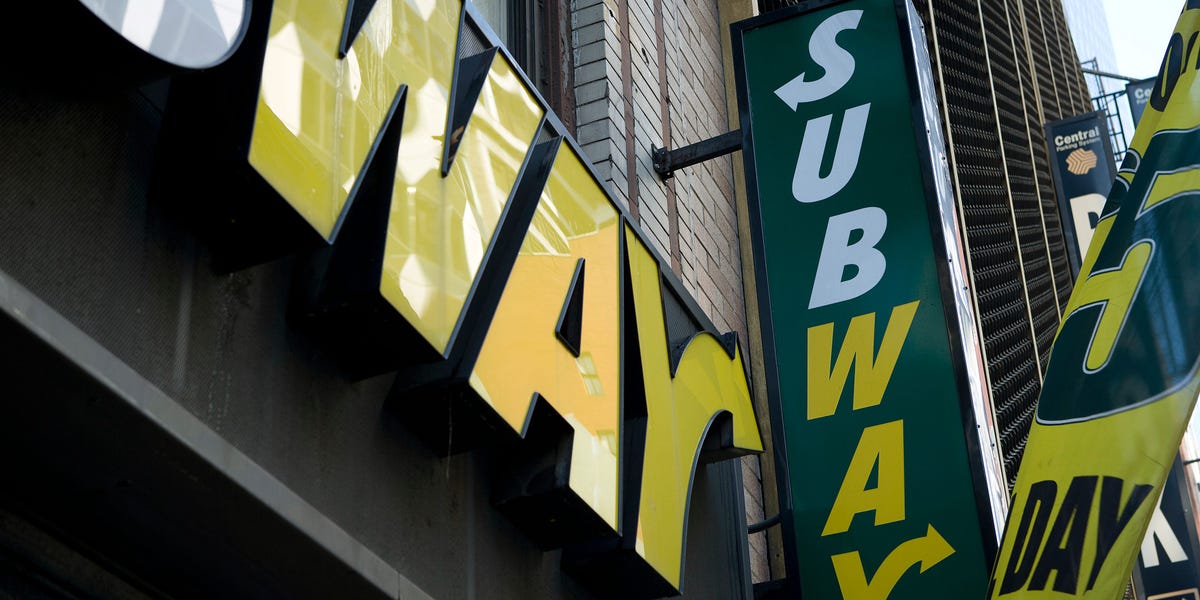Subway's Storefront Shrinkage: Sandwich Giant Hits Two-Decade Low in US Locations

Subway's Domestic Footprint Shrinks: A Milestone of Transformation
In a significant shift for the sandwich industry, Subway has experienced a landmark moment, dropping below 20,000 domestic locations for the first time in two decades. Despite this contraction in the United States, the global sandwich chain continues to expand its international presence, demonstrating remarkable resilience and strategic adaptation.
This milestone reflects the brand's ongoing transformation, navigating challenging market conditions and evolving consumer preferences. While the reduction in domestic stores might seem concerning, it also signals Subway's commitment to streamlining operations and focusing on quality over quantity.
The company's international growth remains robust, highlighting its global appeal and ability to connect with diverse markets beyond its home territory. This strategic approach suggests Subway is carefully recalibrating its domestic strategy while maintaining strong momentum on the world stage.
